Continuing our series on Krka National Park beyond the waterfalls, we're heading underground to explore Krka's caves on March 11, 2018
In the last couple of months, we've brought you stories about various locations in Krka National Park to draw attention to the fact that Krka has much more to offer beyond its leading attractions, the world-renowned waterfalls Skradinski Buk and Roški Slap. We wrote about historical fortresses and ancient Roman sites, boat excursions and educational activities for kids. This time around, we decided to focus on one particular point where Krka's natural wonders meet human activity: its fascinating caves and pits.
We're starting with the crown jewel: the Oziđana cave, located on the left bank of Krka river, near the top of the canyon above Roški Slap. The cave is 59 metres long, 5-7 metres wide and 2,5 metres high; it dates back to the prehistorical ages and bears witness to multiple millennia of human activity.
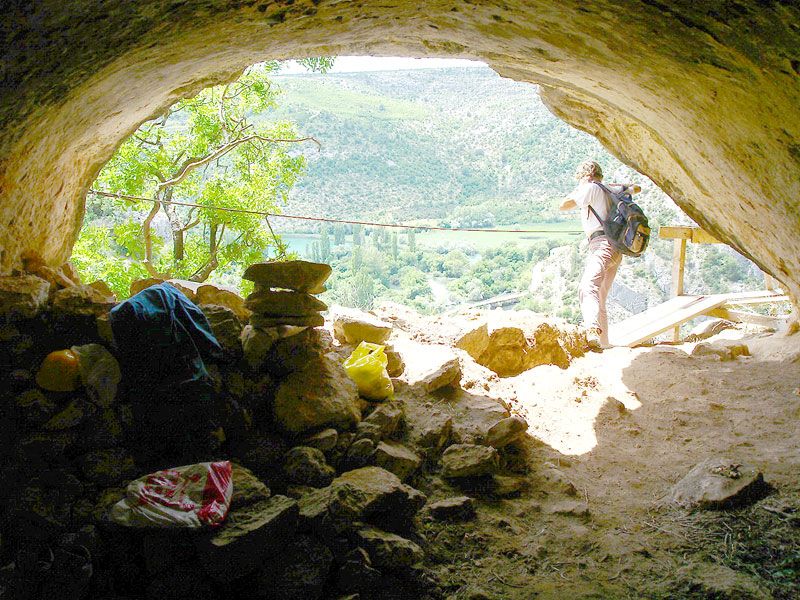
During a reconnaissance study of caves and pits in the Krka canyon carried out in 1988, fragments of ceramic dishes were found in Oziđana cave, and it was soon established the remnants belonged to the Hvar culture dating back to the early Neolithic. This first discovery alone proved the natural structure used to be a human settlement, and another study conducted in 2005 revealed ceramic fragments bearing traits of the Danilo culture.
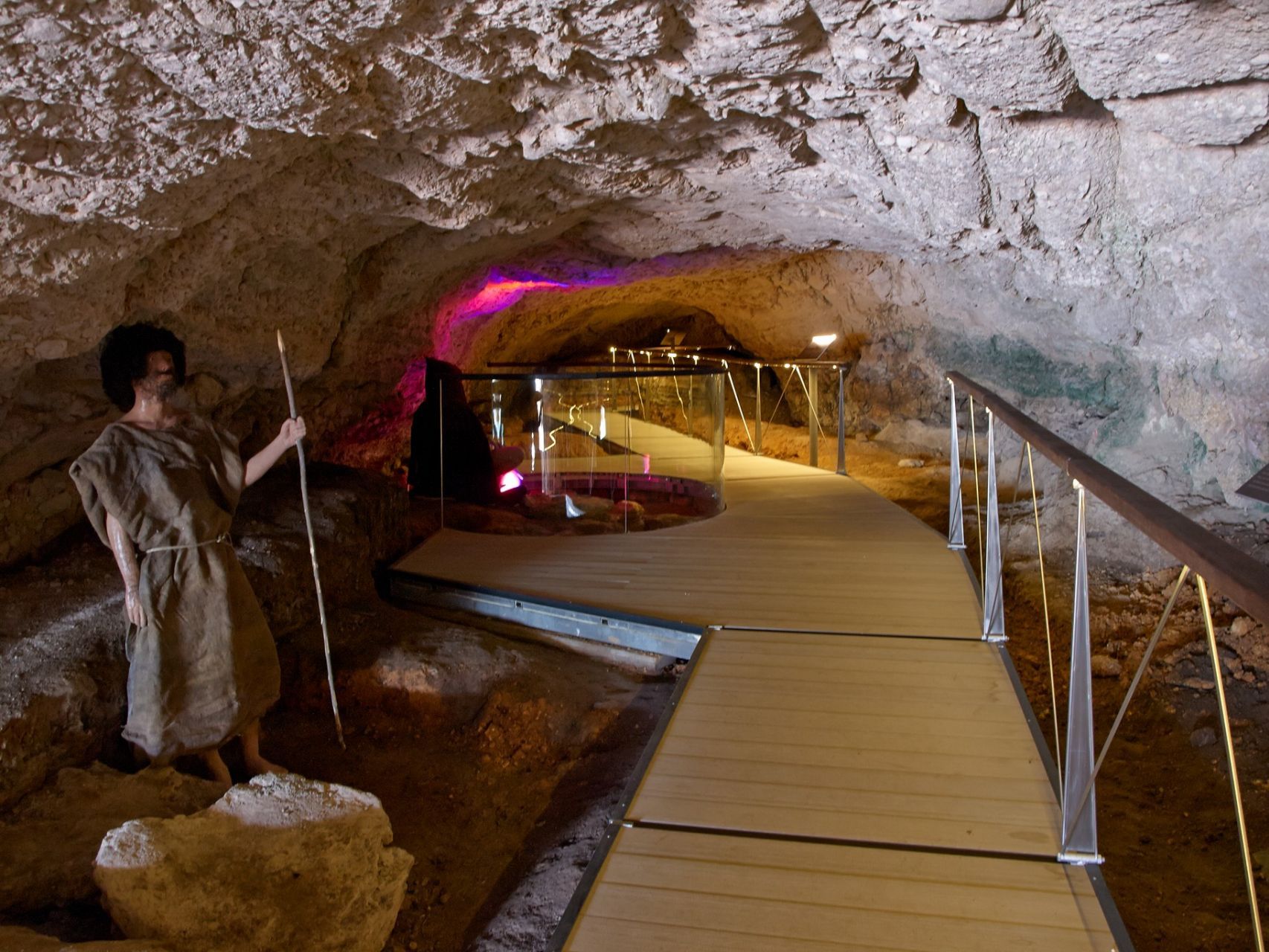
Extensive archaeological research later uncovered more fascinating artefacts: ceramic dishes, stone tools such as knives and millstones, and animal bones, all of them dating between 5000 BC and 1500 BC - serving to show the Oziđana cave was continuously inhabited for more than 3000 years. Another remarkable find were skeletons of two children curled in a fetal position, originating from the Neolithic.
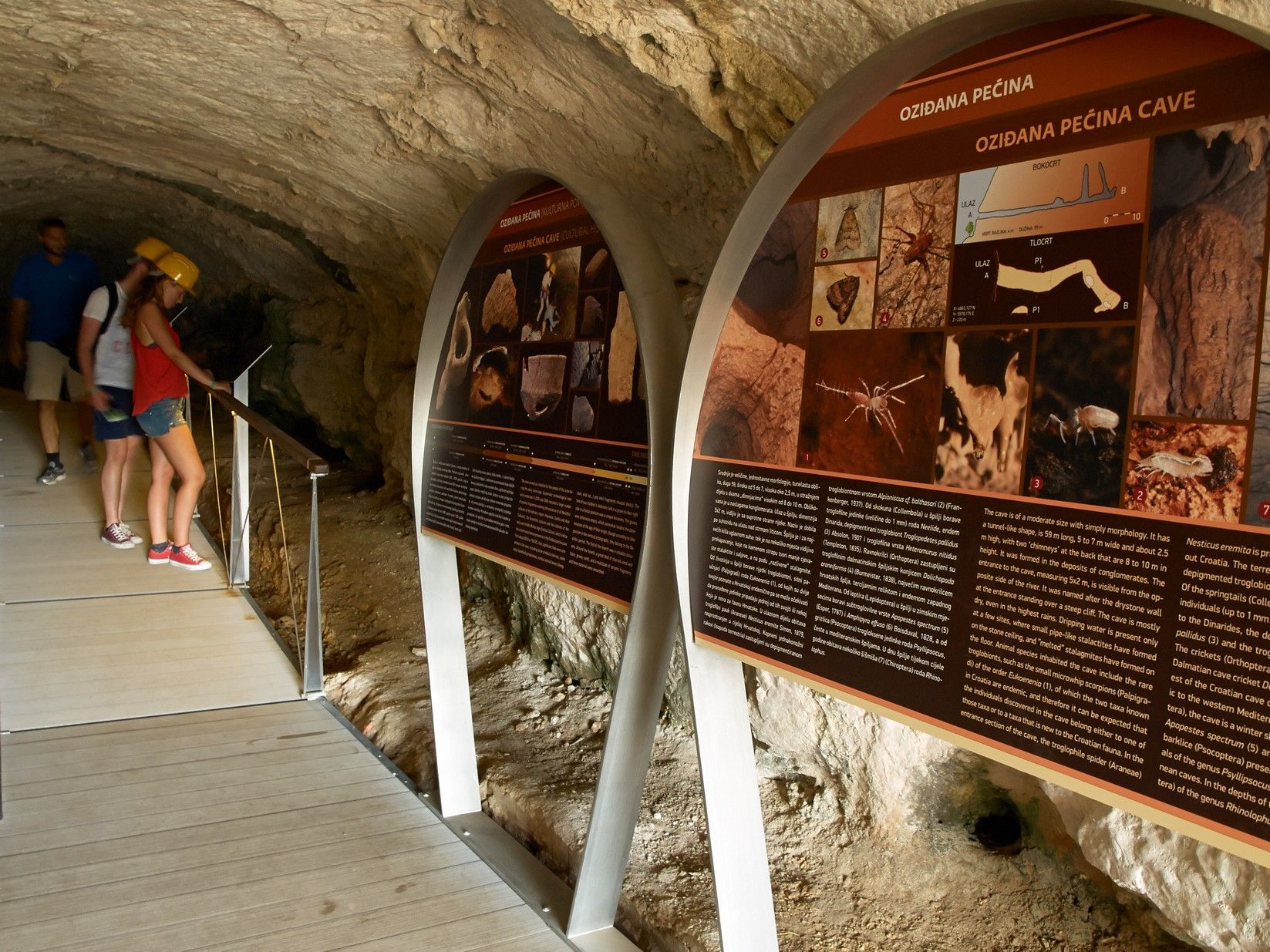
The Public Institute of Krka National Park decided to make the location accessible to the public and set up an archaeological collection in the cave to introduce the visitors to this priceless display of historical heritage. In 2014, Oziđana was made part of an educational trail which starts at Stinice and spans to the Roški Slap, becoming the end point of the attractive route which was introduced two years beforehand.
Apart from Oziđana, the National Park is home to one more cave that housed a prehistoric human settlement. Jazinka cave is situated on the left bank of the river Krka, near the medieval fortress Nečven.
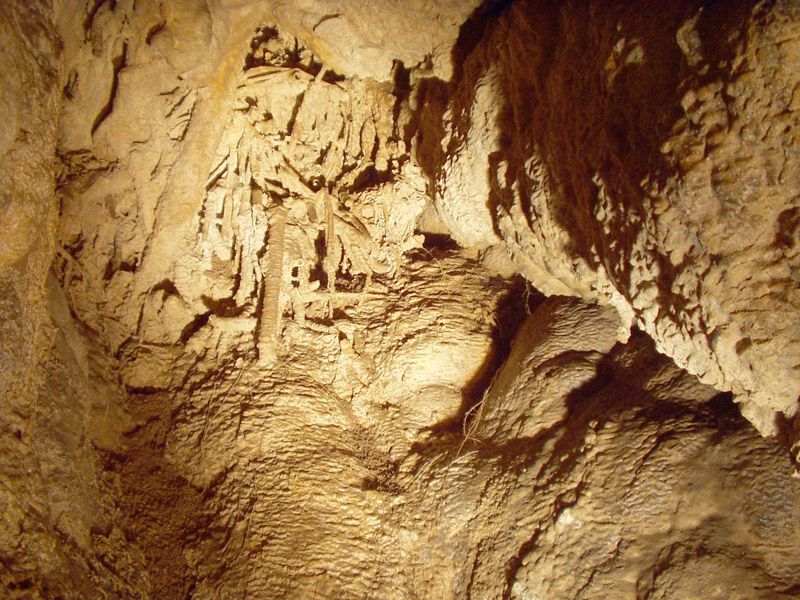
Jazinka is a simple structure; it is 42 metres long, 6 metres wide and has a height of 4 metres. It has a similar history as Oziđana, albeit a little younger: artefacts uncovered in Jazinka originate from the Bronze and Iron Ages, and include fragments of ceramic dishes, bronze arrows and fibulas, and animal bones.
If you stop to admire the famous Skradinski Buk waterfall, you might want to check out another cave located in its near vicinity: the nameless cave situated close to the ruins of the Jaruga I hydroelectric plant. The cave was first discovered in 1894 while the plant was under construction; available sources showed the cave was about 150 metres long and 80 metres wide at that point in time, and had an area of 1,200 square metres in total. The lower parts of the cave have been filled in since, so it has a length of 24m and is 10m deep nowadays.
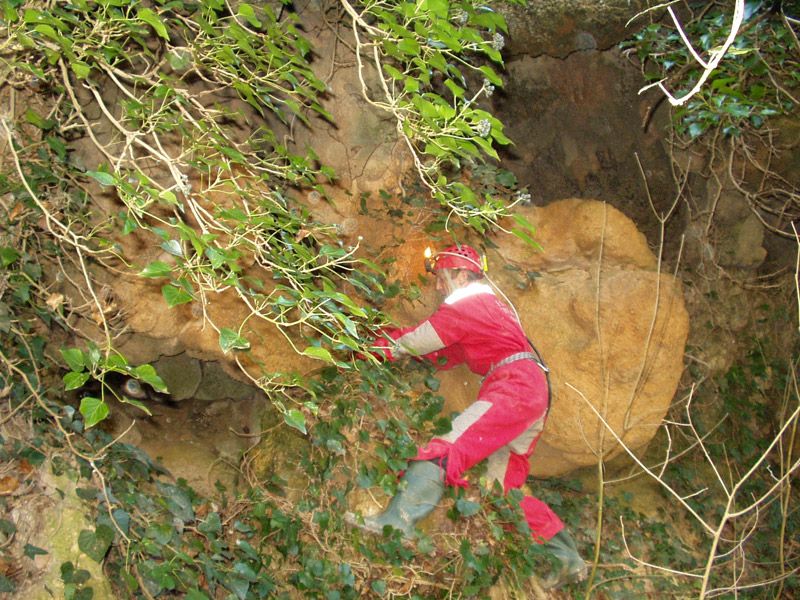
The walls of the nameless cave were ornamented with dripstones which are still visible, but have lost their shine as time went by. A small lake discovered at the bottom of the cave in the late 19th century has dried up since, owing to the diversion of the river during the construction of the plant whose remnants can still be seen in one part of the cave.
Other speleological sites in Krka National Park have never been inhabited nor have they seen substantial human intervention in their long history, but deserve a mention nonetheless owing to their fascinating features.
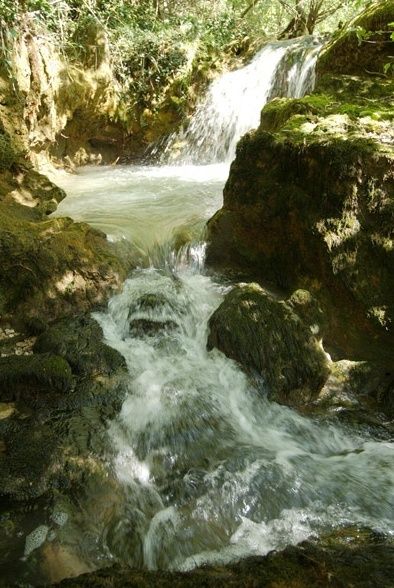
On the right bank of the river Krka, some 100 metres downstream from the Miljacka Slap waterfall, you'll find the longest cave within the park bounds. It's one of the five known cave-springs, conveniently named Miljacka I-V; our champion cave Miljacka II has been investigated to a staggering length of 1,750 metres thus far. During periods of high water, a subterranean river flows through the cave, the water supposedly originating from the river Zrmanja. In low water, the cave houses a 200 metres long lake of unknown depth. Frequent changes in water levels are reflected in the eroded stalagmites forming all over the cave's interior.
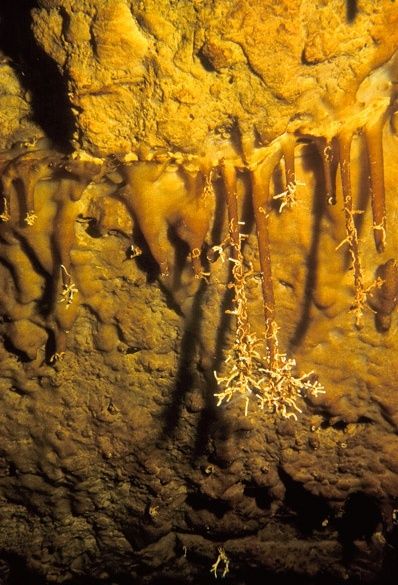
While Miljacka II hasn't ever housed humans, it's home to 36 subterranean animal species, most of them endemic to Croatia and the Dinaric karst area. The cave is a natural habitat of the endemic olm and eight bat species - in summer months, Miljacka turns into a shelter for bat colonies counting up to 9,000 individuals.
And one more record-holder before we go: Stara Jametina (old pit), located east of Koštana village, is the deepest pit to be found along the river Krka. 85 metres were explored by speleologists thus far, as the pit's narrow fissures haven't allowed the experts to continue their journey deeper underground.
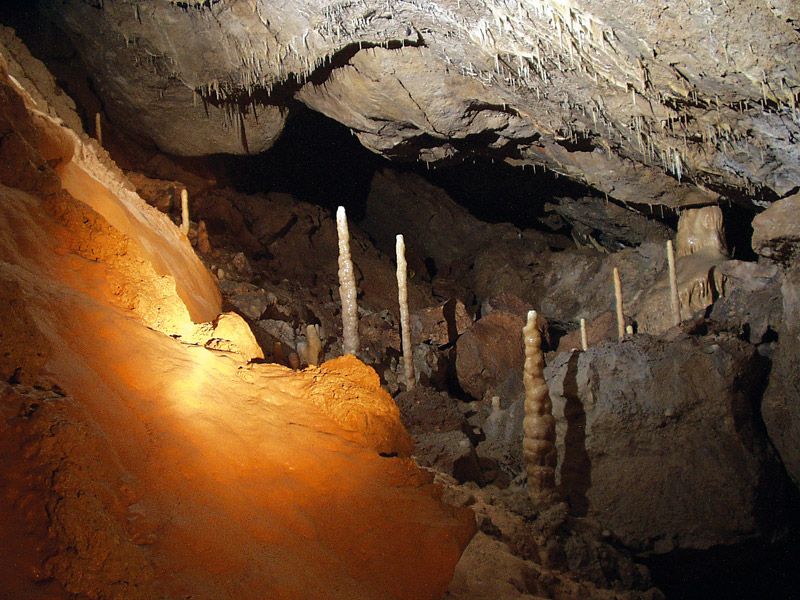
Next time you visit Krka National Park, as you feast your eyes on the stunning waterfalls, take a moment to remember the area houses some equally majestic natural wonders - just a bit out of plain sight. Considering some of Krka's caves were populated 5000 years ago, it's safe to say the NP has some pretty impressive foundations.
Photo credit: Krka National Park


